No other place in the world has a more historical sound to its name than the ancient city of Babylon in Iraq.
It was one of the most important kingdoms that the world has ever seen and the place where Alexander The Great passed away, aged 32 years old.
After years of colonial looting coupled with the crazy dreams of Saddam Hussein, along with massive American destruction during the Iraq 2003 invasion, the legendary city of Babylon today has almost vanished.
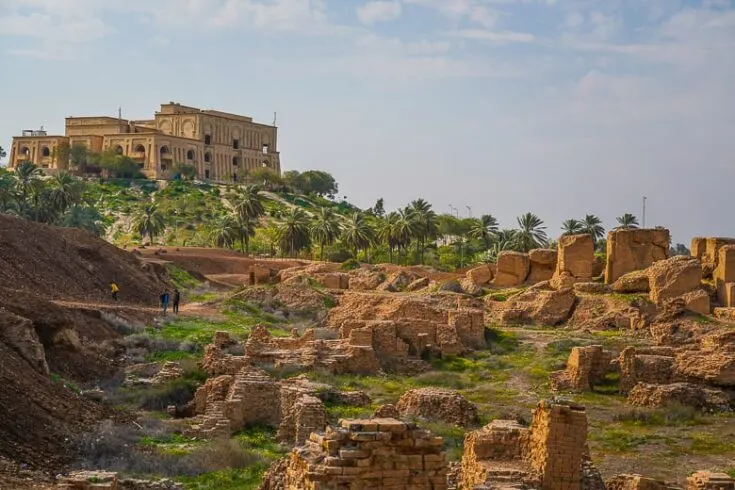
Of all the world’s ancient cities, none can compete with the legendary ancient city of Babylon, Iraq.
This site is where one of the seven original seven wonders of the ancient world was once believed to stand.
It was known as “the hanging gardens of Babylon” and home to the Tower of Babylon/Babel.
The Historical Babylon ruins were finally added to the UNESCO World Heritage list on 5th July 2019.
Although there’s not much left these days, old relics are laying all over the area unprotected. After heavy rain old pottery and coins become visible.
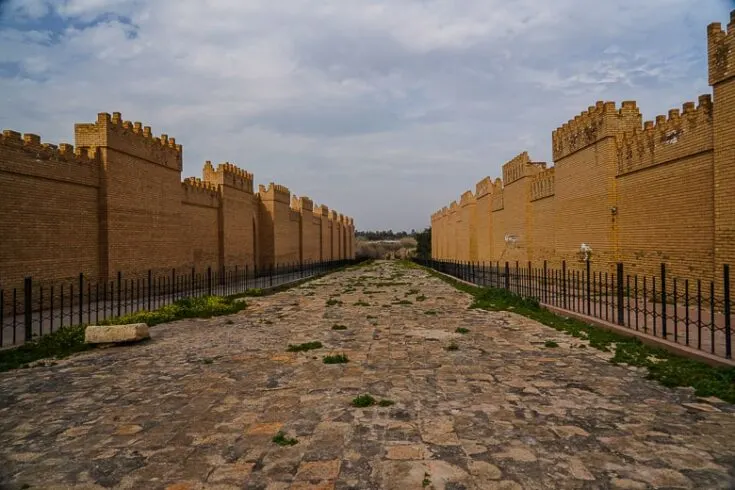
Where is Babylon located?
Modern-day Babylon’s location is in the southern part of the country, around 95 km (59 miles) south of Iraq’s capital – Baghdad. It runs along the Euphrates river and 49 km east of the holy city of Karbala.
The closest city to Babylon is the city of Hillah, the capital of the province.
Hillah itself was once a major center of Islamic scholarship and education.
The Jewish prophet Ezekiel’s tomb is located just outside Hillah.
The tomb is the oldest and most important Jewish religious site in all of Iraq. The tomb was once put under the protection of Saddam Hussein.
Where Was Babylon Located? A Short History Lesson
Babylon was established during the 19th century BC in the historical region of Mesopotamia, which means “The Land Between Two Rivers”. The two rivers are the Tigris and the Euphrates river.
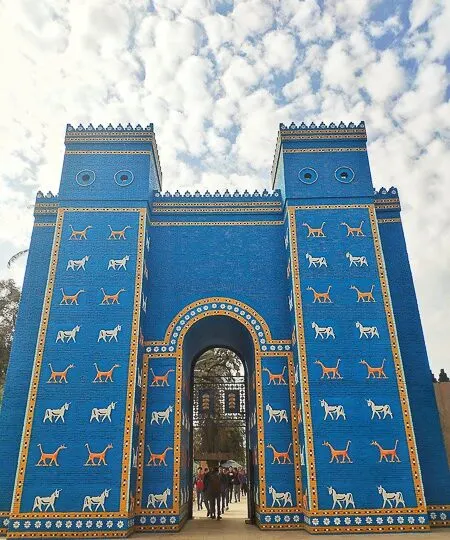
in Berlin, But this is where the original belongs
The history of Babylon city goes back almost 4,000 years. Starting from the Bronze Age when the area was occupied by tribes known as the Amorites.
The ancient city then developed into a minor city-state, but it was not until King Hammurabi’s reign that they truly flourished (1792 to 1750 BC).
King Hammurabi was most famous for making the world’s first written law, “the code of Hammurabi”.
The original tablets are now on display in the Louvre Museum in Paris.
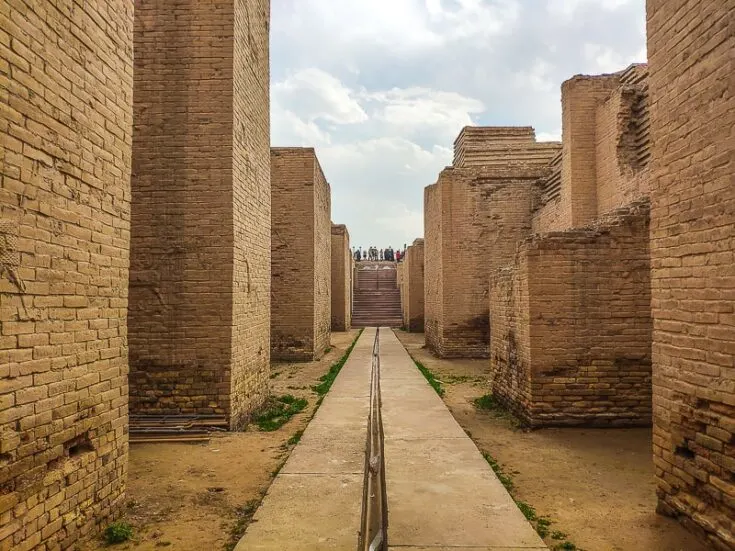
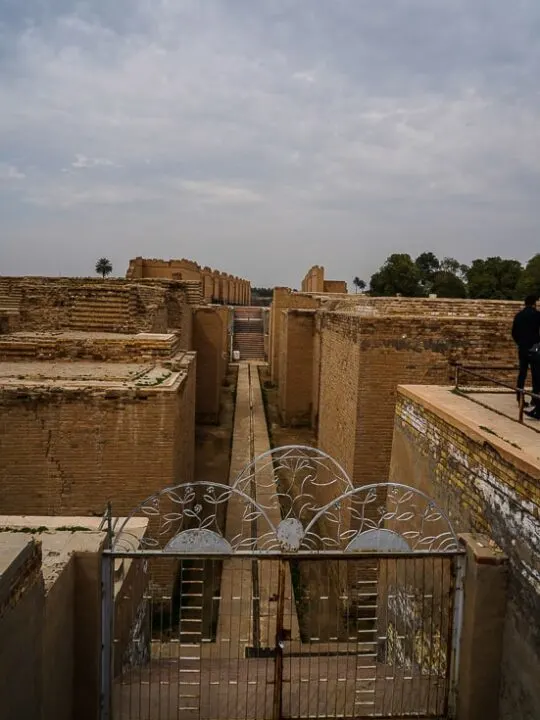
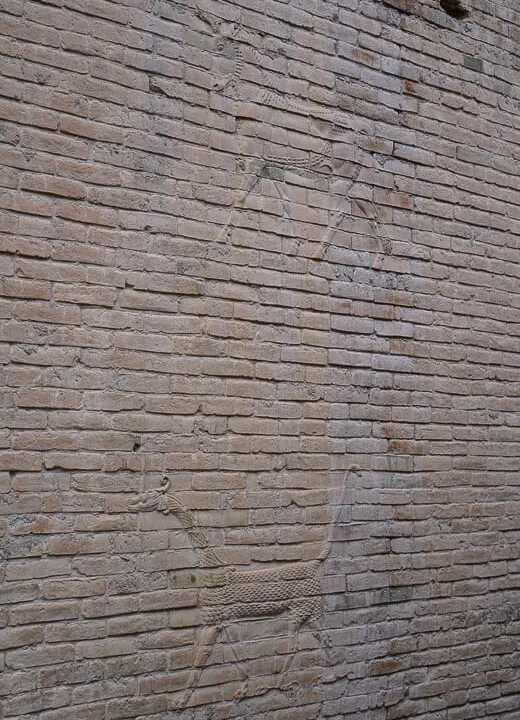
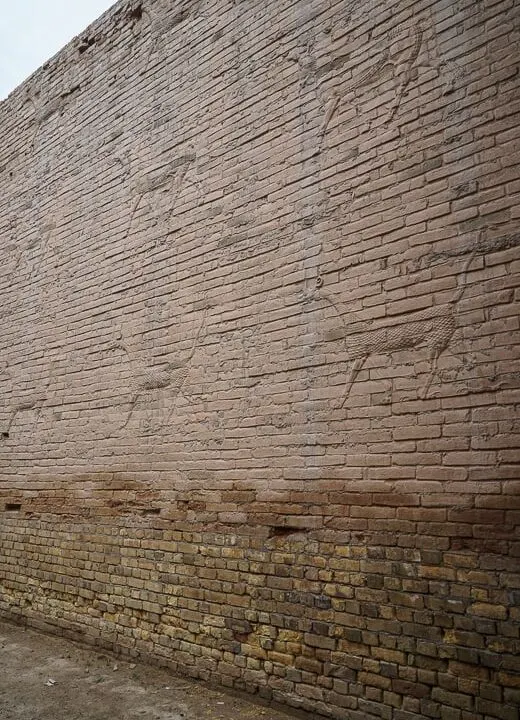
King Hammurabi also conquered all of the surrounding cities, including the famous city of “Ur” and all other minor city-states in the southern part of Mesopotamia.
He combined them into one kingdom, and the group of cities was known as Babylonia.
After the death of King Hammurabi in the year 1750 BC, the power over the city regularly changed hands between different tribes and empires before the Assyrians took power over the land in 1000 BC.
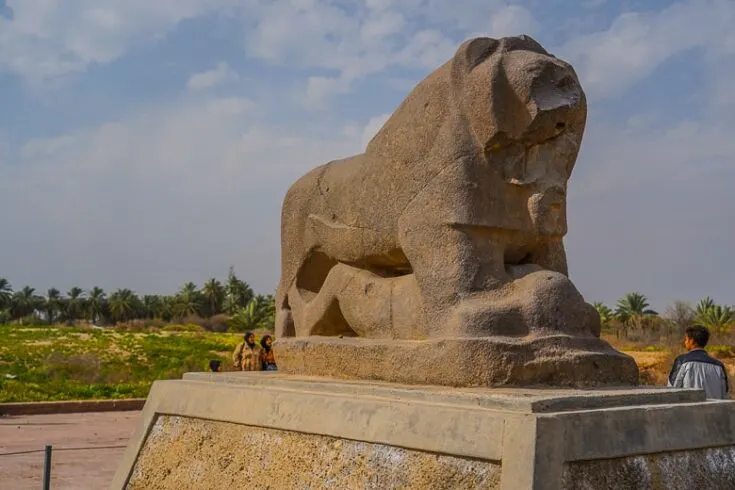
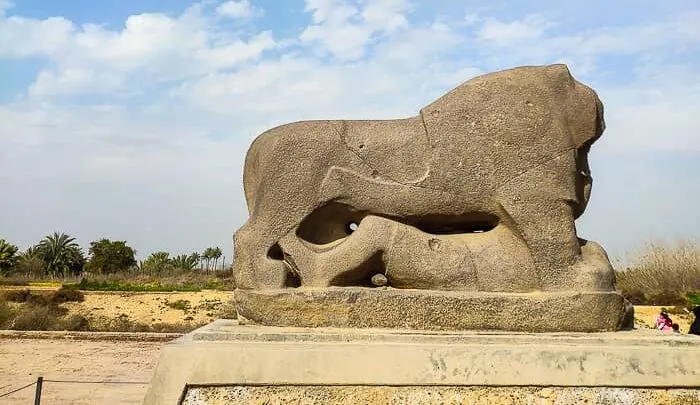
The Lion of Babylon statue was discovered in 1876 by a German archaeological mission, and it´s believed it was built during king Nebuchadnezzar.
This lasted until the death of the Assyrian king Ashurbanipal in 627 BC.
His death resulted in political instability that leads to a series of brutal civil wars in which Babylonia eventually rebelled under Nabopolassar.
Nabopolassar created The Neo-Babylonian Empire (also known as the Chaldean Empire) in 626 BC.
It was considered to be the Golden Age of the city-state.
But it was under his son Nebuchadnezzar that Babylon rose to its full glory and became the world’s largest city at that time with what is believed to have been a population of 200,000.
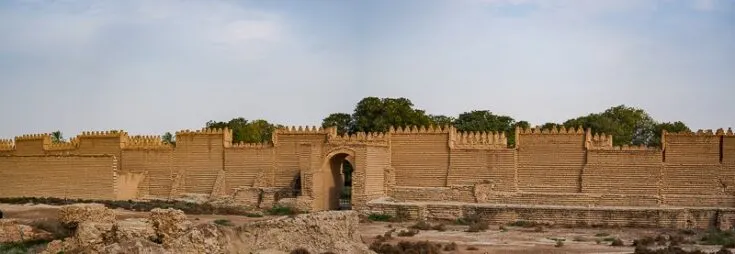
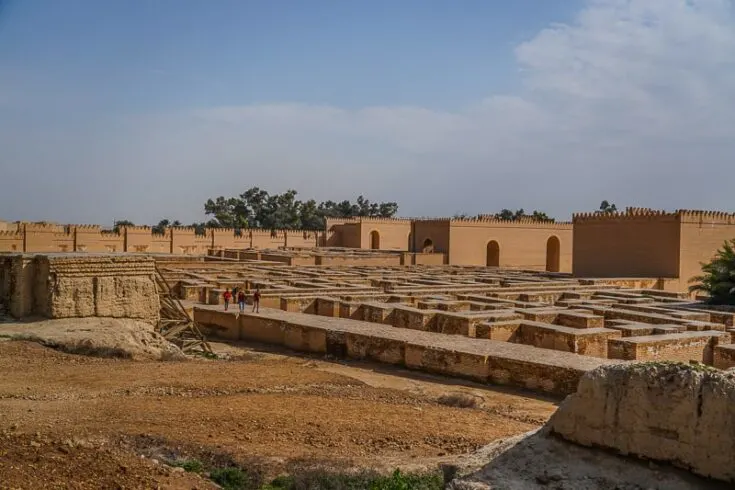
Nebuchadnezzar ordered the complete reconstruction of the imperial grounds, including the Etemenanki ziggurat, and the construction of the Ishtar Gate, the most prominent of eight gates that once stood around Babylon.
Nebuchadnezzar is also believed to have ordered the building of the Hanging Gardens of Babylon, one of the Seven Wonders of the Ancient World.
Many historians believe that the Hanging Gardens were actually located in the Assyrian capital of Nineveh.
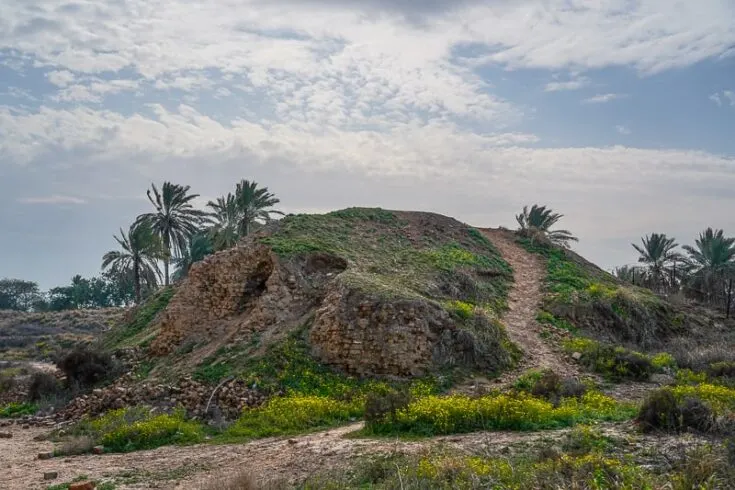
The work of Nebuchadnezzar’s Babylon is spread over two thousand acres. It formed the most significant archaeological site in the Middle East.
Only about 5% of Babylon is believed to have been excavated by archaeologists today.
Nebuchadnezzar was considered to be a very successful military leader after his campaigns in Syria and Arabia.
His takeover of Jerusalem in 589 BC, where he was in charge of the destruction of Solomon’s Temple (also known as the First Temple), was a stand-out point.
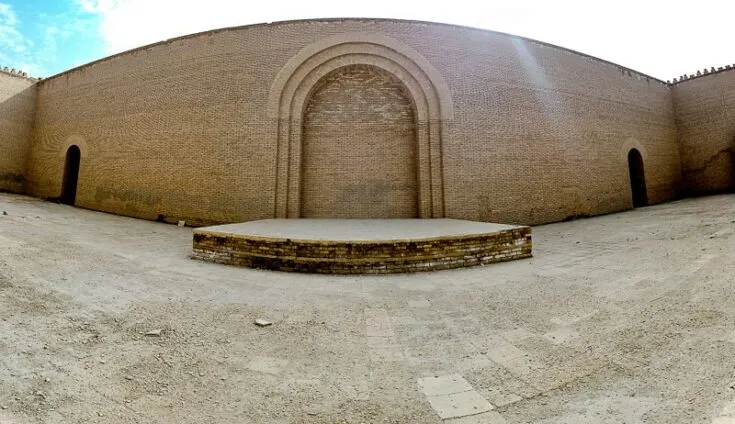
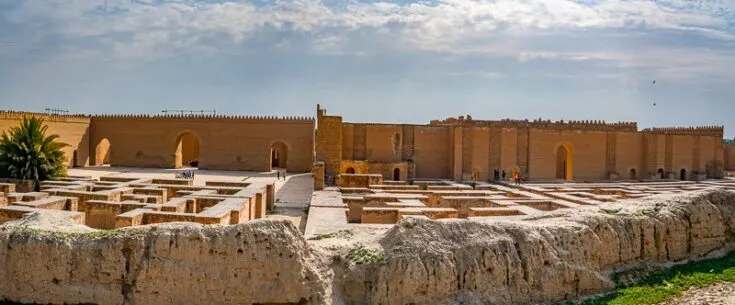
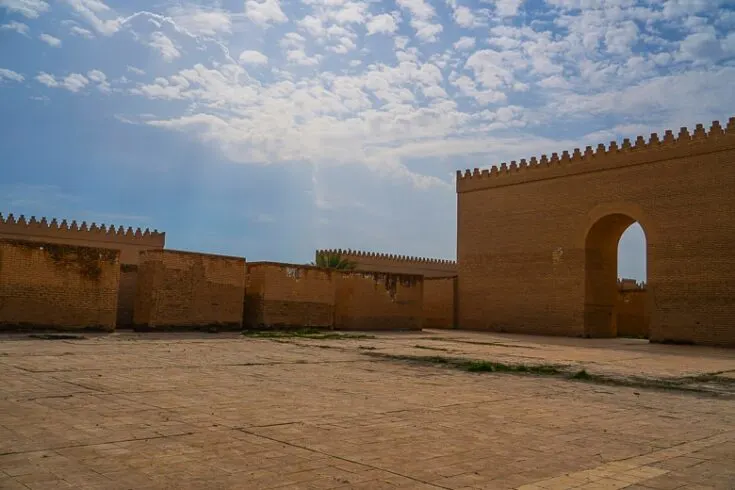
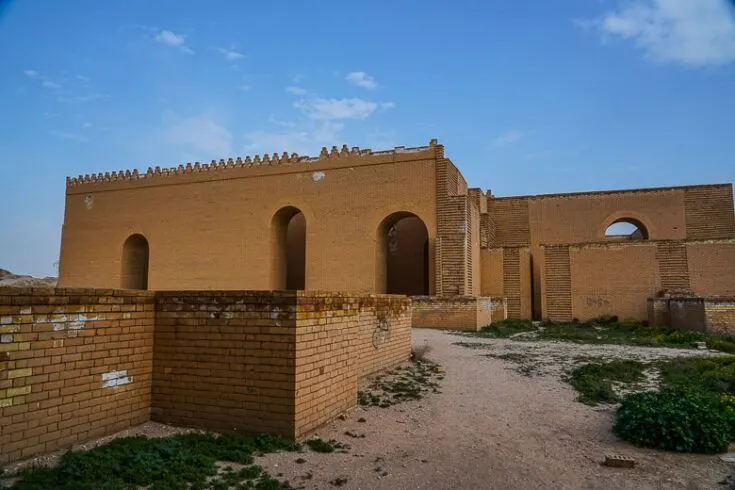
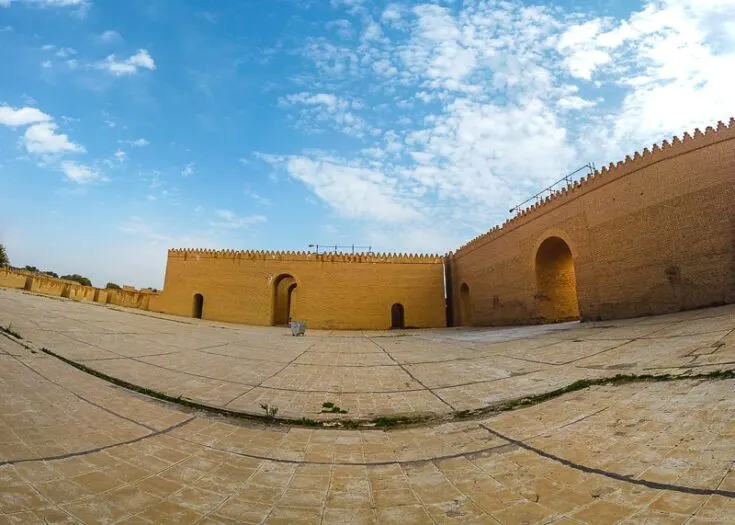
By 572 BC, Nebuchadnezzar was in full control of Babylonia, Assyria, Phoenicia, Israel, Philistinia (present-day Palestine), northern Arabia, and parts of Asia Minor.
He also invaded Egypt in the year 568 BC. Nebuchadnezzar died in the year 562 BC after 40 years of power.
After the death of Nebuchadrezzar, the city then had four more kings before the Persian ruler, Cyrus the Great, took control in the year 539 BC.
Babylon would stay under the Persian Empire’s rule for two centuries before Alexander the Great then conquered Babylon in 331 BC.
He had plans to make Babylon the capital of his empire but died there in 323 BC before his dream came into reality. Alexander’s generals divided his empire among themselves immediately after his death.
This is how general Seleucus obtained the historical city of Babylon.
Not long after, he moved most of the population to his new capital Seleucia, which left the city decaying and deserted.
unfortunately, so was Babylon was then plundered for materials for building new cities like mighty Ctesiphon, Baghdad, and even Basra in far south Iraq.
Between the years 1889 and 1917, the area was extensively excavated by a German archaeology team led by Robert Koldewey.
Various parts were cleared, including Ishtar Gate, which was dismantled and re-erected in Berlin, a project which took over 20 years to complete. It can now be viewed in the Pergamon Museum in Germany.
The Ruins of Babylon Now & During Saddam Hussein’s Time
During the reign of Saddam Hussein, a lot of reconstruction took place around this historical place.
One of his massive Palaces was built on a hill overlooking the ancient city.
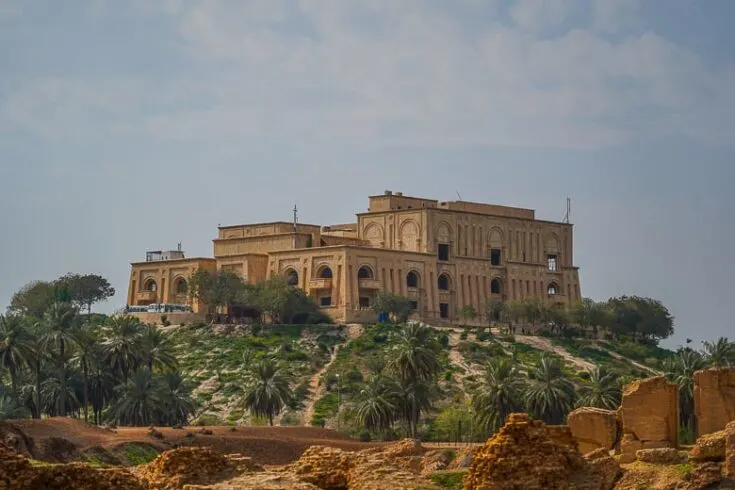
Saddam Hussein imagined himself as a modern-day Nebuchadnezzar. So, he ordered the rebuilding of the ancient ruins.
In 1983, the reconstruction of the historical ruins began, and new bricks were placed directly on top of the ruins, some 2500 years old. This sparked big protests from UNESCO and many scholars around the world.
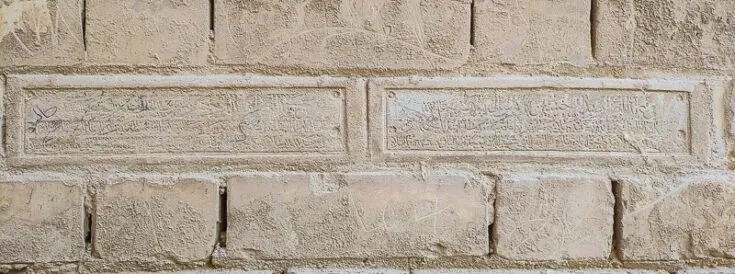
Like on other historical sites around Iraq, Saddam Hussein had his name inscribed on the new bricks.
A sample inscription translates to: ”In the reign of the victorious Saddam Hussein, the president of the Republic, may God keep him, the guardian of great Iraq and the renovator of its renaissance and the builder of its great civilisation”.
The rebuilding of the ruins was done in 1987 by thousands of workers from Sudan during the middle of the Iraq – Iran war.
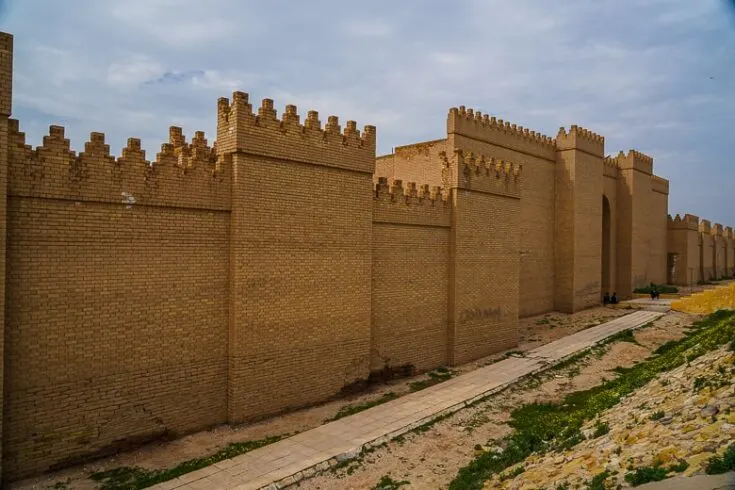
At the end of the Persian Gulf War, he commissioned a personal palace to be built over more of the ruins in the same pyramid style as a Sumerian ziggurat, calling it Saddam Hill.
The massive gaudy structure almost completely covered the original ruins, outraging archaeologists.
He also had plans for a cable car to run over the ruins, but it was halted with the 2003 invasion.
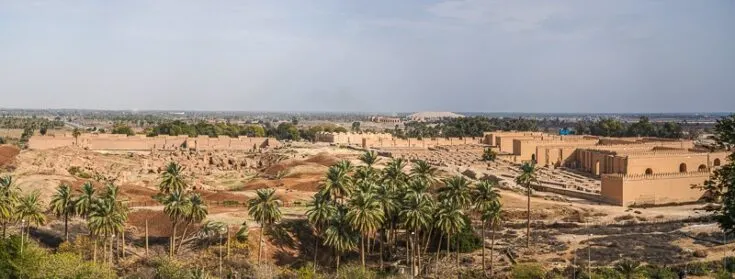

What happened to Babylon During the 2003 Iraq Invasion?
During the illegal 2003 invasion of Iraq, the occupation of US Forces did a lot of damage to the old ruins. This was caused by troops driving their 60-ton Abrams tanks around the ruins.
The US Army also set up Camp Alpha around the ruins, which further led to its decay.
A huge area was leveled to create landing pads for helicopters and parking lots for vehicles.
Tanks rumbled over the ancient bricks, and Polish troops dug trenches through a temple. Soil, holding artifacts and bones, was scooped into sandbags and taken back to America.
Even when walking around the ruins now, you will see thousand-year-old pottery just laying around.
Babylon Ruins Today
Is Babylon inhabited today? No, but the site was once again open to tourists in 2009.
However, after years of destruction, there is not much left of the historical ruins today.
You can see the rebuilt ruins from Saddam Hussein’s area.
Even his castle, which overlooks the ruins, is now open to the public. But unfortunately, the whole inside of the palace has been looted.
There are no fences around the crumbling ruins, so locals climb all over. They break off small parts of buildings every day. So, if nothing is done soon to preserve the ruins, Babylon will be all gone.
On my walk around the outskirts of the ruins, I saw thousand-year-old pottery broken all over the ground.
Nobody is taking care of it, which is such a shame.
My local guide found 2 old coins in the rubble during my visit, and this was completely normal, according to him.
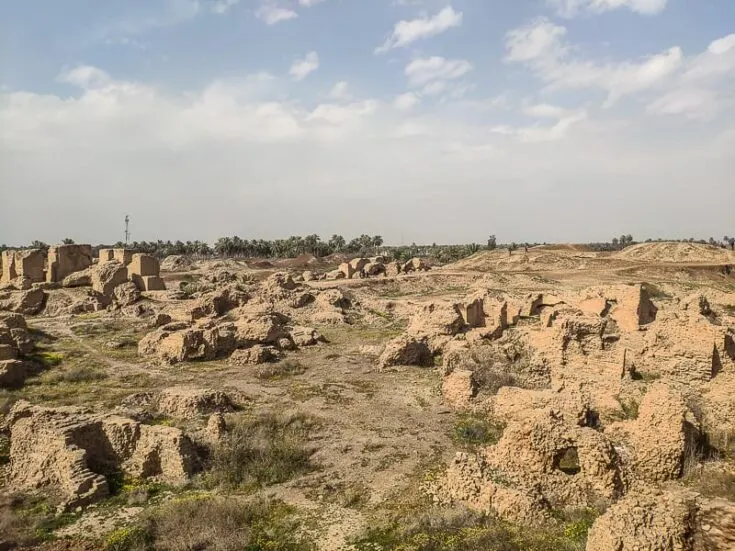
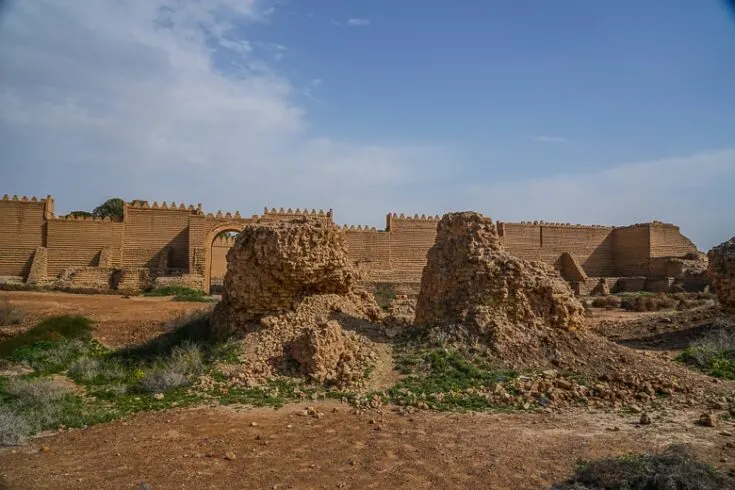
Even an oil pipeline runs through the eastern part of the ancient city these days, going right through the outer wall of ruins.
Like all other locals that worked here with the local tourism industry before 2003, my guide openly admitted that everything was better under Saddam’s rule.
A common phrase to hear in Iraq is “Saddam Hussein was a horrible person, but the Americans were so bad that they made Saddam look like an Angel.”
Can You Visit Babylon Today?
Although many local tourists now enjoy frequent visits to this historical place, few tourists have made the journey since it reopened to the world in 2009. Even tho more and more western travel companies now arrange trips here.
However, since being made a UNESCO-heritage site in 2019, this is sure to change.
There are a few English-speaking guides available for hire.
Most of them worked there before the 2003 invasion and are happy to share all their information about this place and how much of it was destroyed by the foreign military forces.
If you are a fan of ancient history, then what better place to explore than Babylon ruins in Iraq or Persepolis in neighboring Iran another historical place that Alexander the Great conquered.
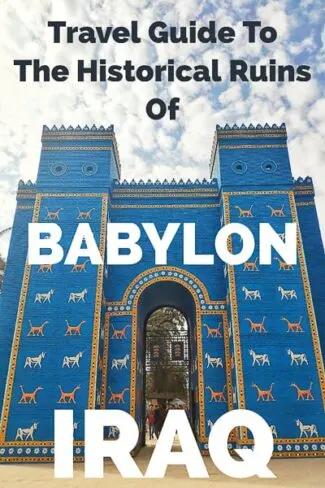

kkk
Thursday 18th of May 2023
Can you cite your sources about US invasion of Iraq helping to destroy parts of Babylonian ruins? Even without reading the original sources (if any), I find your claims INCREDULOUS, even LUDICROUS! I am not am American btw.
Christian L.
Friday 19th of May 2023
From the guides in Babylon and the locals, and you could clearly see broken ruins
CK
Tuesday 9th of August 2022
Can you leave your religious ignorant nonsense out of the conversation here? This blog is for educated open minded travelers who love historical sites and archeology. And facts. And science.
Karen
Saturday 12th of August 2023
History is about to repeat it self. Jesus is coming for us that is the rapture. Babylon is of the devil will dwell
Jojo
Friday 7th of April 2023
@CK, May you feel Jesus's love calling you. He is the Way, the Truth, and the Life. - No better historical site, facts, or science than Jesus!
Manplease
Sunday 5th of March 2023
@CK, you're LITERALLY talking about a religious location, who had religion as it's lead, in a country that has religion in the fore. Could you please leave your white atheist logic out the conversation? It was due to your people's disrespectful behaviors that caused FURTHER ruin, and further fulfilment of that very prophecy.. brainiac.
Joyce
Tuesday 10th of May 2022
Babylon will never be rebuilt. Bible prophecy does not lie. Over 2500 years ago it was written in Jeremiah 51:37- And Babylon will become piles of stones, A lair of jackals, An object of horror and something to whistle at, Without an inhabitant. This is exactly what it is today. IT WILL NEVER BE REBUILT!
s houghton
Monday 7th of March 2022
jeremiah 50 .39 -43 GOD says it will not be inhabited only animals live there .because marduk was set up there same judgement as sodom . see we have a GOD of judgment and justice who does get angry and who resides from generation to generation
James
Friday 18th of February 2022
This was a good article, but a little too much America hating in it. Yes, there was probably some damage to the area during the invasion and occupation in 2003, but there were strict orders for American personnel not to disturb the archaeology. Our platoon was given a tour of the ruins and rebuilt parts during our time there in 2003. We were not even allowed to scoop up a small sample of dirt for a keepsake. Much of the damage to Babylon was actually a result of the rampant looting in Iraq after the fall of the Hussein regime. It is one e of my best memories from my time there and it is one many American service members have talked about from there time in Iraq.
Semper Fi!
Sarah Hedger
Wednesday 24th of May 2023
@James, thanks for your service